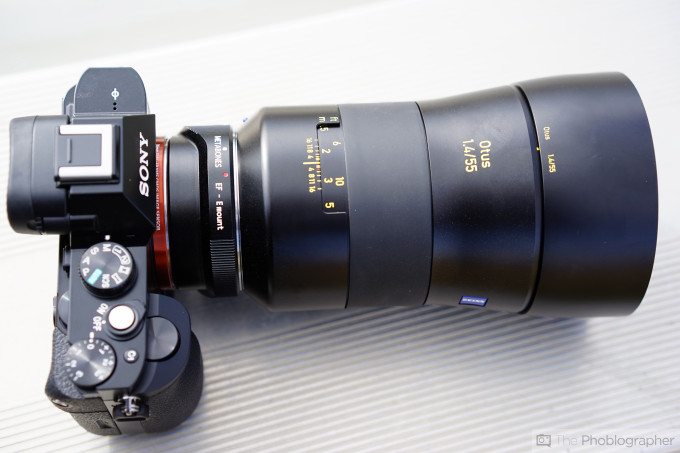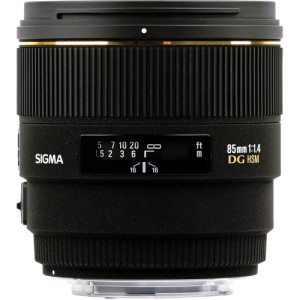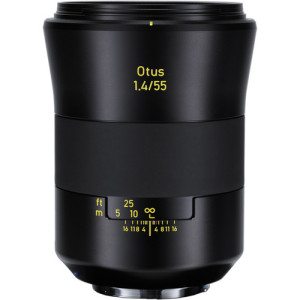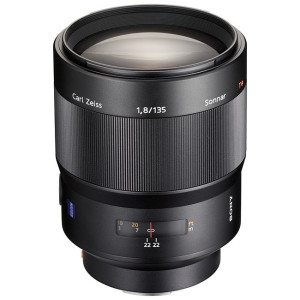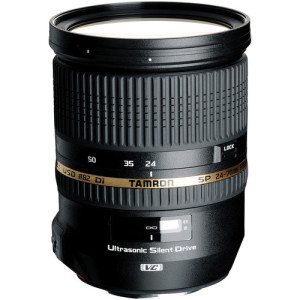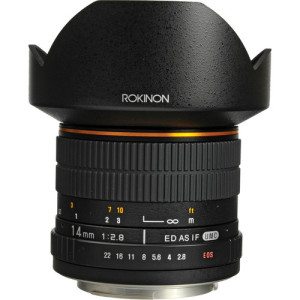Last Updated on 11/06/2013 by Chris Gampat
At the moment, Sony has a very limited selection of lenses that can natively be used with the full frame E mount A7 and A7r cameras. But if you want to start transitioning into the system from your older one, there are a couple of lenses that we really recommend that you try to go for first to deal with some of the system’s shortcomings.
Some of these lenses we even had the opportunity of testing during our time with the camera. Here are just a few.
Sigma 85mm f1.4
When we were working with the A7 and A7r in the field, many of us were troubled by the fact that there aren’t any telephoto lenses available yet. This is even more important if you’re a portrait shooter.
For shooting portraits, not much is better than Sigma’s 85mm f1.4 lens. With beautiful bokeh, sharp performance wide open, and a pretty darned good price you’ll be more than happy to pick one up. They’re available in Alpha mount, so you can use it with an Alpha to E mount adapter if you choose. However, we believe that more folks will use it if they’re more invested in Canon or Nikon’s systems.
When adapting this lens to the full frame E mount system, we recommend that you try to focus on a subject and then use Sony’s Eye Focusing to really ensure that the eyes are sharp. For even more assurance, we recommend using Sony’s magnification on top of focus peaking.
When you’re using adapted lenses, you can never be too sure about accurate focusing.
Zeiss 55mm f1.4 Otus
Arguably the sharpest lens in the world, we had the opportunity to play with the 55mm f1.4 during our media excursion as well via an adapter. Zeiss’s 55mm f1.4 is a lens that was designed to deliver the sharpness and performance of most lenses at f5.6 while the Otus is wide open. One year ago, we saw the test results from the labs and this year, we finally got to play with the lens ourselves.
Indeed, it’s the sharpest that money can buy and when mounted to the A7r, you’ll be in awe. However, we recommend that you not only use focus peaking, but magnification as well to ensure that you get the sharpest images that are also in focus. With all that said, the Otus is incredibly tough to use as well when shooting wide open. You have an easier time when stopped down–in which case your eyes may start to bleed with just how sharp this lens is.
If you’re a major pixel-peeper, we recommend that you get ready to sell your kidneys, spouse, and maybe even your dignity to finance this lens. Just kidding–you need your kidneys.
Sony 135mm f1.8
If there is any lens in the Sony Alpha lineup that gets us hot and bothered, it is the company’s 135mm f1.8. It isn’t as sharp as Zeiss’s 135mm f2, but it will autofocus via an adapter and can potentially let in a tad more tight.
Amongst the lineup out there, we’d rate Sony’s 135mm f1.8 to be the second sharpest 135mm lens available on the market after the Zeiss offering. Once again though, the best thing about it is the fact that you’ll be able to autofocus with this lens. You’ll still get some glorious bokeh along with the lens’s super build quality.
Unfortunately if you’re shooting with this lens, you’ll need to hold really, really still. At such a long focal length, you’ll either need to shoot at a faster shutter speed or possibly get a tripod because Sony’s A7 and A7r don’t have image stabilization built into the sensor the way that the Alpha system DSLRs do.
Granted, the overall package won’t be as well balanced as native full frame E mount lenses, but it still isn’t so bad.
Tamron 24-70mm f2.8 II VC
Though Sony has their own 24-70mm f2.8 lens in Alpha mount and an F4 version, we’re still not sure anything can dethrone the variant of the lens that we still is still the absolute best. Tamron’s 24-70mm f2.8 II has vibration compensation (for Canon and Nikon versions) to prevent the effects of camera shake on images. And if you’re one of the folks that is going for either the A7 or A7r, this is the walkabout lens that you may want to stick to.
We recommend going for one of the Canon or Nikon versions of this lens because the Sony version doesn’t have VC built in. The reason why is because once again, the Alpha DSLR system has image stabilization built into the sensor.
If you’re a working pro that is considering ditching your system camera for Sony’s offerings (and we know you’re out there) this can be your workhorse lens. We found this to be sharper than Canon’s recent refresh and on a personal note, it is the only zoom lens that I would ever consider purchasing. I’m a bigger supporter of primes for various reasons, but this lens can fill still do quite a bit for a working photographer.
Rokinon 14mm f2.8
Though the company has already come out and announced that they are producing full frame E mount variants of their lens lineup, Rokinon users have long been stuck to other systems. Rokinon is a brand known for making affordable, fairly well built, and incredibly sharp optics. Whether you purchase a version for another mount and adapt or the E mount edition is entirely just a matter of personal preferences involving cost, systems, and adapters. However, the lens will always have a manual aperture ring and work via manual focusing.
With all of this said and out of the way, we really need to emphasize that when walking around Nashville, TN with the A7 and A7r, we were annoyed by the lack of wide angle primes for shooting architecture, landscapes, and grandiose scenes overall.
In a situation like that, we strongly suggest that you go for Rokinon.
Please Support The Phoblographer
We love to bring you guys the latest and greatest news and gear related stuff. However, we can’t keep doing that unless we have your continued support. If you would like to purchase any of the items mentioned, please do so by clicking our links first and then purchasing the items as we then get a small portion of the sale to help run the website.
Also, please follow us on Facebook, Google+ ,Flickr and Twitter.


